#ancient sword
Text

"Dido pulled out of her chest a sword covered in flames, the same sword that Aeneas had left behind while fleeing in disgrace from her palace in Carthage."
🔴🔴🔴
One of the illustrations I did for @ratatafestival
Watercolor on paper
#eneide#ghost#nightmare#watercolor#illustrazione#ratatafestival2024#czudżak#ancient#ancient greece#Dido#virgillio#traditional art#ilustrace#dark illustration#dark fantasy#troi#sword#ancient sword
84 notes
·
View notes
Text

Rare 1,000-Year-Old ‘Viking Sword’ Found in Poland
Thought to be older than Poland itself, archaeologists have hailed the discovery of an ancient sword at the bottom of the Wisła as being “a national sensation”.
The discovery was made last week during dredging works conducted on the river running through the central city of Włocławek where, during routine silt removal, workers noticed an oblong, metal object amid the extracted sediment.

Ośrodek Sportu i Rekreacji Włocławek were the first to break the news, writing on their social media: “During works on the marina an item was excavated that has a great chance of gaining unique status.
“After quickly consulting with Mr Olaf Popkiewicz from the History Seekers society, it was tentatively dated to around the 9th century.”
Soon after, the Provincial Office for the Protection of Monuments took the weapon to Toruń, handing it over to researchers from the Nicolaus Copernicus University.
Inscribed with the words Ulfberht, just eight other such swords are known to exist in Poland, and only 170 in the rest of Europe.

Sambor Gawiński of the Kuyavian-Pomeranian branch of the conservator’s office underlined the importance of the discovery, saying: “This is an extremely valuable find. We know that these so-called Ulfberht swords were produced somewhere in Central Europe, but it’s not known exactly where.
Continuing, he added: “They were manufactured using very specific methods using carbon steel and a very precise composition.
“The amount of carbon steel that was used was strictly defined, making the sword very strong and flexible – its durability and combat value depended on this.”
The inscription was found following an X-ray of the object, with Gawiński saying that this dates the sword to before 950 AD.
“More importantly, after lying in silt for over 1,000 years, the sword has been preserved in excellent condition,” he said.
Valued at over PLN 100,000, the sword's fine condition is likely to aid historians looking to find out more.

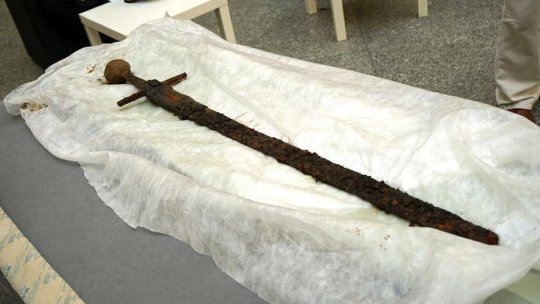

As it stands, much mystery surrounds the sword, in particular how it ended up in Włocławek.
With other 40 such implements found in Norway, some have speculated that it belonged to a Viking.
Others, meanwhile, have suggested that it may simply have been acquired by a local as part of a merchant transaction.
Experts, though, have warned against jumping to conclusions. “Several theories have been posted and so far all variants are acceptable, but we need to wait for the results of more detailed research,” says Gawiński.
By Alex Webber.

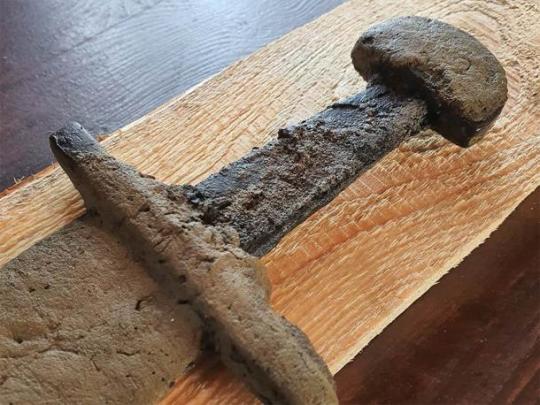
#Rare 1000-Year-Old ‘Viking Sword’ Found in Poland#the Wisła river#The Ulfberht sword#ancient sword#ancient artifacts#archeology#archeolgst#history#history news#ancient history#ancient culture#ancient civilizations
98 notes
·
View notes
Text
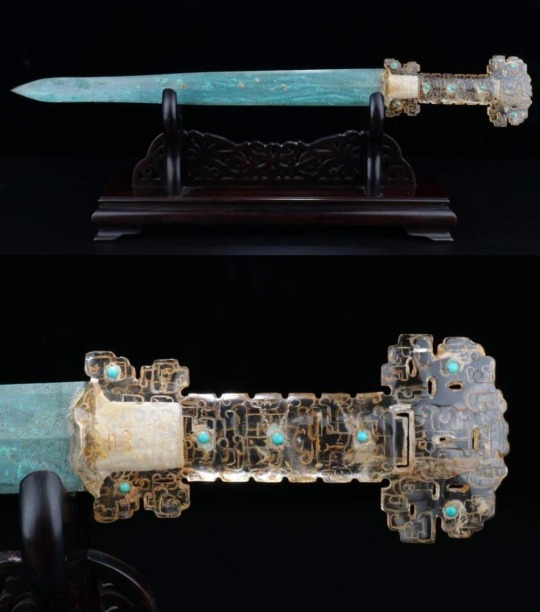
Chinese Bronze Sword With An Inlaid Rock Crystal, Turquoise and Gold Hilt
Date: Warring States Period Circa 4th - 2nd Century, B.C.
Collection and Photo Credit: Cardale Auctioneers
Source: historicmysteries.com via Facebook
645 notes
·
View notes
Text
German archaeologists are thrilled to have dug up a Bronze Age sword more than 3,000 years old which is extraordinarily well preserved.
The bronze sword with an octagonal hilt was found in a grave in the southern town of Nördlingen. It is thought to be from the late 14th Century BC.
Its condition is so good "it almost still shines", Bavaria's State Office for Monument Protection (BLfD) says.
....
3000 years old and in THAT good of shape.. Nah Man put that back.
#archaeologists#archaeology#Germany#Bronze Age#ancient civilizations#Ancient Sword#antiquity#Bronze Age Sword Found#Sword Found#sword
24 notes
·
View notes
Text

Source: https://en.natmus.dk/historical-knowledge/denmark/prehistoric-period-until-1050-ad/the-viking-age/weapons/swords/
18 notes
·
View notes
Text

--prompt from @flashfictionfridayofficial
The sword cut me, not with the clean grace of a new blade, but with the jagged edges of an old one. Rusted, emerging from the earth with its awkward form, I rubbed my hand against the deadened metal, wondering if could work for battle.
Trying to keep the bleeding from accelerating, I tightened my grip around the hilt, feeling a certain comfort despite the jaggedness. The gold shone out in the fracturing sunlight, peeking behind an overcast sky ready to press down on what remained of us. But I only jostled for a moment.
"It's nice to see you again, old friend," I giggled to myself, knowing I wouldn't have noticed it a generation ago.
#flash fiction#my writing#writers on tumblr#creative writing#an old friend#sword#ancient sword#journey
5 notes
·
View notes
Photo
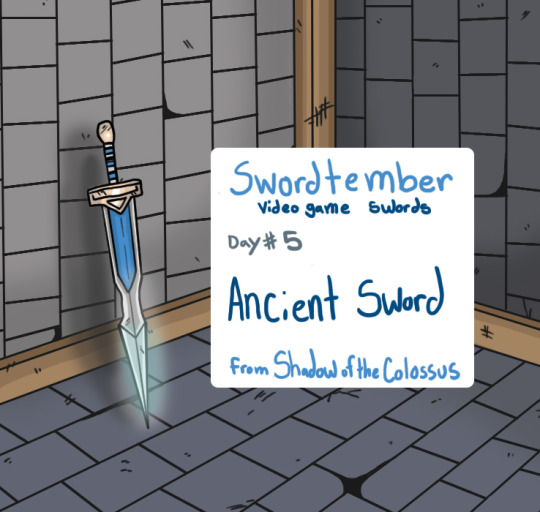
swordtember day 5
#shadow of the colossus#ancient sword#swords#sword#swordtember#digital art#Fanart#art#artoftoday#Drawing of the Day#drawing#doodleoftheday#doodlings#doodle#simple art#video game#Video Game Fan Art
17 notes
·
View notes
Text
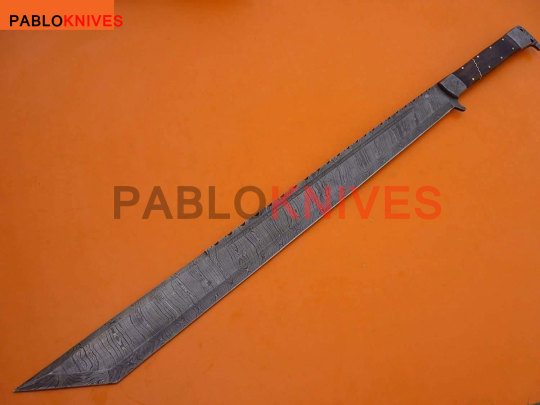



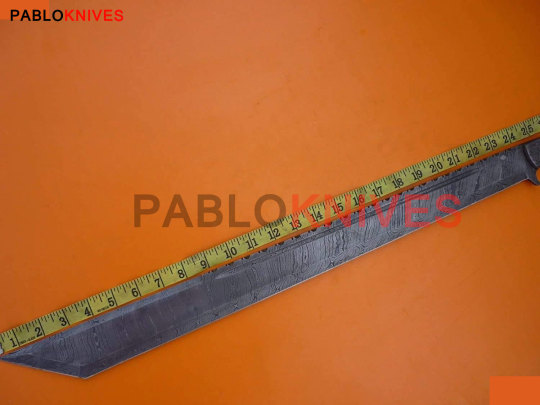
#Viking Sword#Handmade Sword#Damascus Steel#D2 Steel#EDC Sword#Full Tang Sword#Odin Sword#Tanto Sword#christmas gift#Hunting#Bowie#Dagger#Folding Knife#Sword#handcrafte#Roman Inspire Sword#Ancient Sword#Egypt Sword#Old Sword#christmas gift ideas
1 note
·
View note
Text
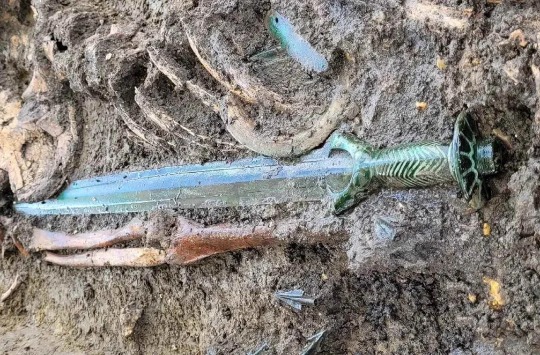

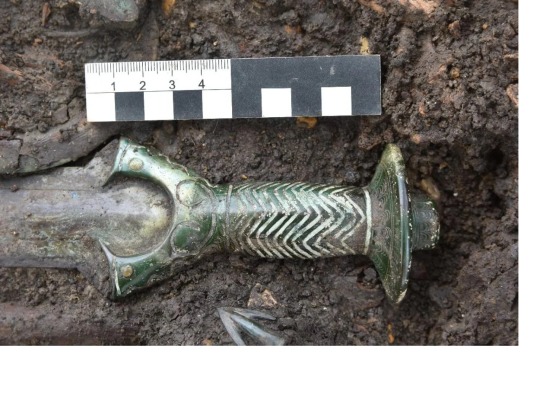
A 3,000-year-old bronze sword that was unearthed in Germany.
Via Reddit
1K notes
·
View notes
Text
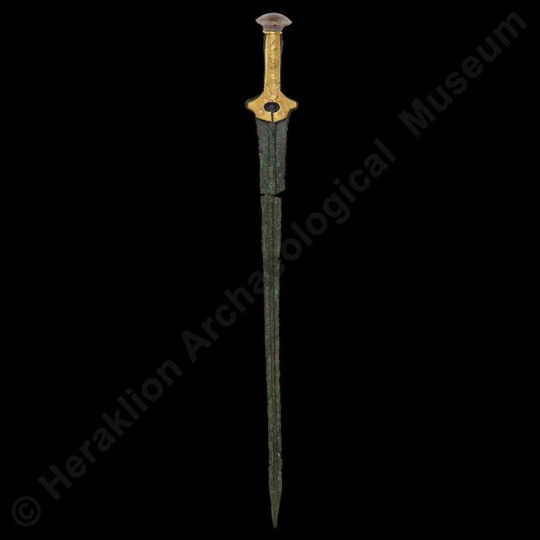

Bronze sword with gold covered hilt, Minoan, 1400-1375 BC
from The Heraklion Archaeological Museum, Crete
638 notes
·
View notes
Text

Drawing some AEIWAM Zanpaktou Spirits for funsies, here's Grandpa Tree (Senbonzakura) with a Byakuya for scale.
#AEIWAM#An Elephant Is Warm And Mushy#Bleach#Bleach Fanfic#byakuya kuchiki#senbonzakura#I don't CARE what the Zanpaktou arc Says#that sword is a Bigass Ancient and Very Very VERY thirsty tree
566 notes
·
View notes
Text
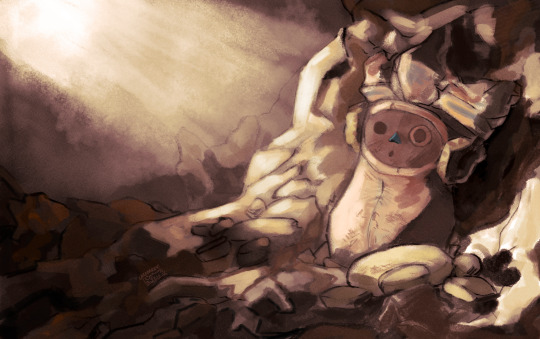
Lanayru mines. Always felt sad seeing the ancient robots inactive. I wonder how they all stopped working on the spot.
#loz#legend of zelda#ss#skyward sword#ancient robot#the colours in the mines were very drab and lifeless to my memory. So I made the colours of this illustration monochromatic#but... the light of hope!!!#They still buzz a little when talking to them even in the present
556 notes
·
View notes
Text
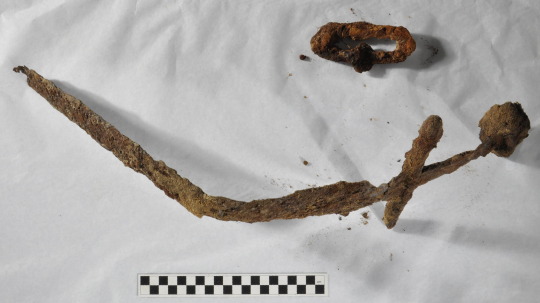
1,000-Year-Old Crusader Sword and Cemetery Found in Finland
Researchers identified eight burials, but they say the graveyard may hold dozens—or even hundreds—waiting to be discovered.
Archaeologists in Finland have unearthed a graveyard, an iron sword and other artifacts that date back roughly 1,000 years.
Over the summer, a landowner stumbled upon the site when he was installing geothermal pipes on his property in the small town of Salo. After a rainy day, he noticed something strange sticking out of the ground and decided to investigate.
He pulled out a rusty but intact iron sword with a bent blade, a straight hilt and an oval pommel. The landowner alerted Juha Ruohonen, an archaeologist at Finland’s University of Turku, who called in Sanna Saunaluoma, an archaeologist at the Turku Museum Center.
Thinking the site would yield more discoveries, the researchers decided to continue excavating. And they were right: They found human bones, clothing remnants and something they suspect to be a wooden coffin.
They also uncovered an elaborately decorated leather belt, which a statement from the University of Turku described as “remarkable,” per Google Translate. Attached to the partially preserved leather, they found 30 square bronze rings and cross-shaped pendants, as well as a buckle, strap dividers and several animal head buckles.
They say all of these artifacts belonged to one grave, which is particularly interesting because “archaeological textiles related to men’s graves are very rare,” per the statement.
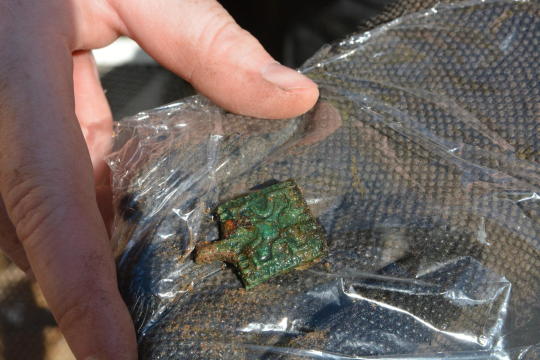
As they continued to scour the area, they discovered eight graves, which they suspect are part of a much larger mortuary cemetery. All told, the researchers say the site could hold dozens—or even hundreds—of graves. The burials discovered so far appear to follow Christian customs.
Radiocarbon dating is currently underway. The researchers suspect the bones and artifacts date to between 1050 and 1150 C.E., a period they call the Crusader era.
During this time, the Swedes supposedly brought Christianity to Finland in an event known as the First Swedish Crusade. However, “no corroborating archaeological data” exists for this event, which first appears in written records in the late 13th century, writes Heritage Daily. “Academics debate whether this crusade actually took place.” The discoveries could help shed new light on this mysterious period in Finland’s religious history.
The graves and artifacts were found beside a medieval stone church, which experts thought had been established in the 15th century. However, the new finds suggest there was a “much earlier church organization” in the area than they previously assumed, per the statement.
“The observation can be considered very significant from a research point of view, as mortuary cemeteries from the time of the Crusades are clearly less known in Finland than cremation cemeteries that preceded them in time,” per the statement. “So far, this is also the only confirmed burial burial dating to the end of the Iron Age from the Salon or Uskelanjoki valley.”
Looking ahead, the researchers say they will continue working at the site and analyzing their discoveries until at least 2024.
By Sarah Kuta.
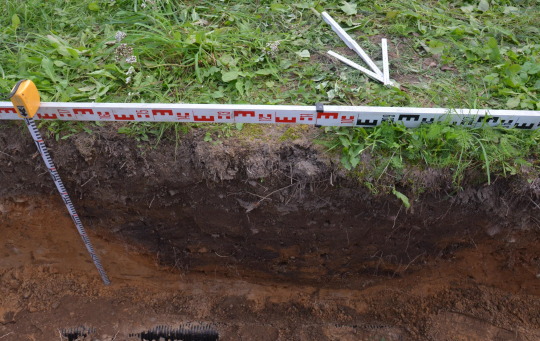

#1000-Year-Old Crusader Sword and Cemetery Found in Finland#Salo Finland#ancient grave#ancient tomb#ancient sword#ancient artifacts#archeology#archeolgst#history#history news#ancient history#ancient culture#ancient civilizations#iron age#crusader period
25 notes
·
View notes
Text

Linktober Day 2: Temple
I loved the Ancient Cistern so much so I gave it a go! Hmm I wonder if I'm always going to be a day late for Linktober— eee I'll find a way to catch up, no worries xdd
718 notes
·
View notes
Text

This is a McDonald's drive through
#the legend of zelda#loz fsa#vio link#shadow link#nao's art#blue link#ancient art#reposting on the correct account#four swords adventures#four swords#vidow#vio x shadow
538 notes
·
View notes
Text

Source: https://www.livescience.com/archaeology/octagonal-sword-from-bronze-age-burial-in-germany-is-so-well-preserved-it-shines
0 notes